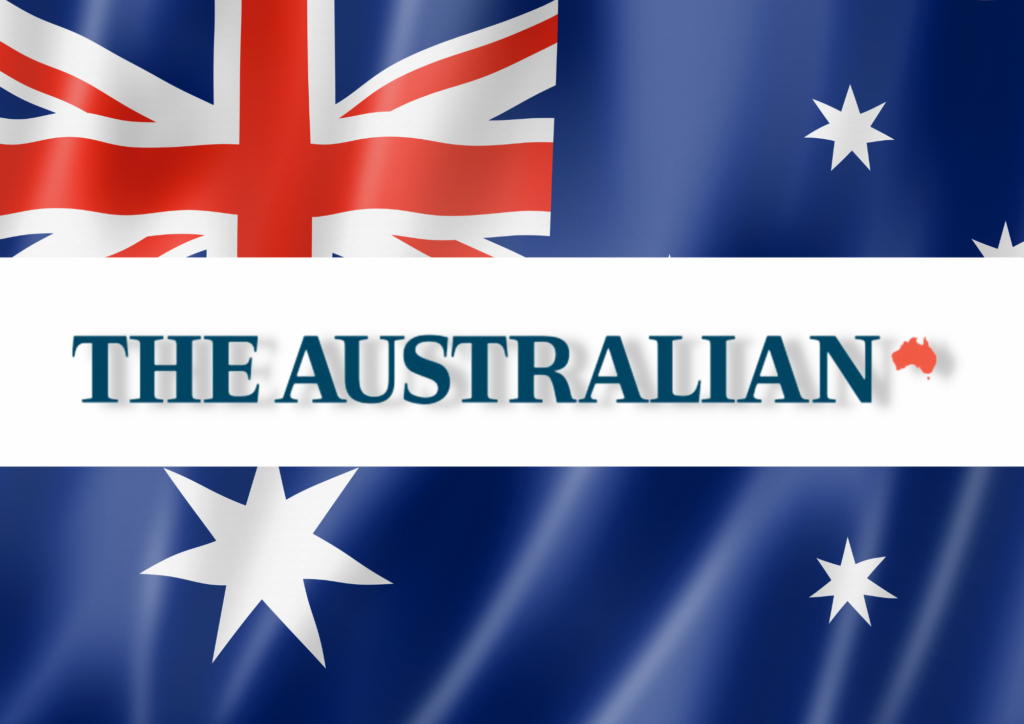
Article by John Stensholt and Nick Evans courtesy of the Australian.

Gina Rinehart’s Hancock Prospecting mining giant has delivered the second-largest financial result in its history, producing a bumper $5.8bn net profit.
The company’s 2022 result, contained in accounts for Hancock lodged with the corporate regulator on Wednesday, included big profits for Mrs Rinehart’s mining operations and investments such as a stake in rural holding Australian Outback Beef.
Hancock’s overall net profit fell from a record $7.3bn result last year, though the drop is due to falling iron ore prices. The company’s 2020 profit was $4bn.
Hancock also paid $4.4bn in state and commonwealth taxes this year, and has paid $11.3bn over the past five years.
The profit is several times larger than any other Australian-owned private company, and comes as Mrs Rinehart once again scours the market for acquisitions.
Hancock announced a bid for Warrego Energy via subsidiary Hancock Energy, urging shareholders to accept its 23c-a-share offer and saying it was superior to a 20c-a-share bid by Beach Energy that also included the sale of Warrego’s Spanish assets.
Meanwhile, Hancock also said it was looking for more agriculture assets after its S.Kidman & Co sold at least eight cattle stations over the past 18 months.
“Funds received from the divestments are being redeployed to purchase high-quality east coast pastoral and cropping properties to support our wagyu operations,” Hancock said in a statement.
While Australian Outback Beef, which Hancock owns with Chinese joint venture partner Shanghai CRED Real Estate, delivered a $42m net profit for the year to June 30, it is Hancock’s vast mining assets that unpin its financial result.
It has a majority shareholding in the huge Roy Hill iron ore mine, which delivered a net profit of $3.2bn and led to dividends of $3.3bn to Hancock and its other shareholders during the financial year, and another $400m declared in September.
Roy Hill is the flagship mine of Hancock Prospecting, but the company also owns a half-share in the Rio Tinto-operated Hope Downs iron ore mines.
Figures drawn from Rio’s public disclosures show that Hope Downs is a valuable contributor to Hancock, with the mines producing 50.5 million tonnes of iron ore in the 12 months to the end of June, with profits shared between Rio and Hancock. Hope Downs contributed net profit after tax of more than $2bn to Hancock’s results for the 2022 financial year.
Atlas Iron, bought by Hancock in 2018, shipped 9.8 million tonnes of iron ore from its mines this year, and will deliver its first ever dividend of $225m when it is paid in December.
Hancock has also built a billion-dollar share investment portfolio with a focus on “future metals” including copper, rare earths and lithium.
The portfolio is worth about $1.1bn, representing a $645m gain since it was established in the 2021 financial year.
Hancock has also provided for almost $1.1bn in dividend payments for Mrs Rinehart and her children on its balance sheet for the 2022 financial year.
In overall terms, Hancock’s near-$6bn net profit compares with private companies such as Anthony Pratt and family’s Visy and Pratt Industries, which usually makes more than $1bn annually from its Australasian and US operations.
This year, Hancock substantially outstripped the $1.9bn net profit for Sam Chong’s Jellinbah and the $454m result for Laurence Escalante’s Virtual Gaming Worlds.
Other notable private company profits include the $100.2m from Jack Cowin-owned Competitive Foods, Lindsay Fox’s Linfox at $60.3m and the $126.4m profit from Cotton On.















